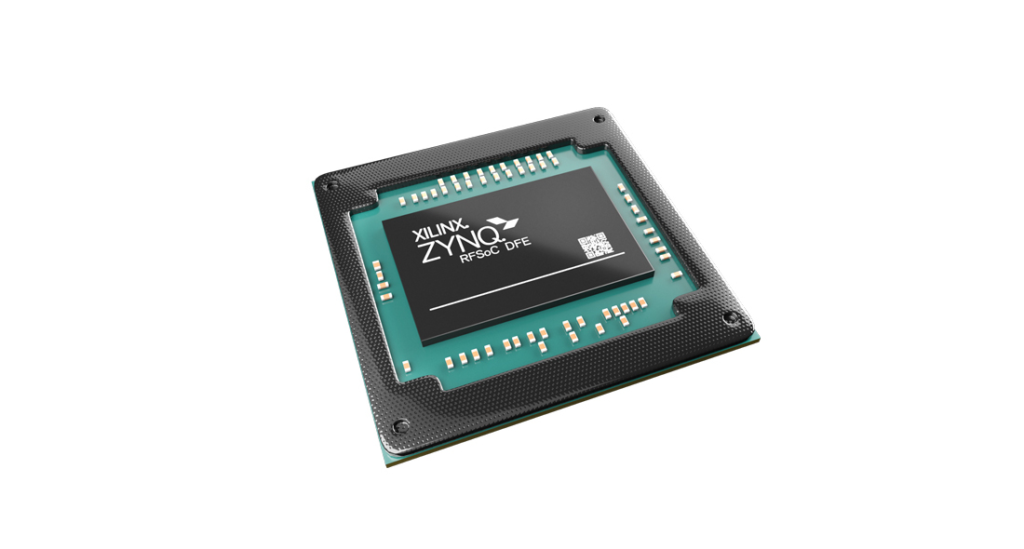Xilinx has partnered with telecommunications software firm Mavenir to bring to market a complete massive MIMO solution for an emerging category of open 4G and 5G networks.
Massive MIMO (mMIMO) is one of the major components of 5G. The technology packs many more antennas in the radio at the top of the base station to boost the capacity of 5G networks. The radio uses advanced beamforming technology to coordinate all of the antennas and focus radio frequency (RF) signals into spotlights that can connect to many more devices at once.
The Santa Clara, California-based company is partnering with US-based Mavenir to create a complete package of hardware and software to add mMIMO to open 5G networks. They are developing a radio unit with 128 antennas (64 transmitters and 64 receivers) that supports up to 400 MHz of bandwidth. They said that it will be ready for testing in labs by the end of 2021.
The companies report that they have evaluated the new hardware-and-software solution with leading communications service providers (CSPs). But they declined to identify their partners.
Today, these compaines buy boxes of hardware and software in end-to-end packages from telecom equipment firms such as Nokia, Ericsson, and China’s Huawei Technologies. These all-in-one systems are closed and proprietary, with custom-designed chips at the heart of the hardware and in-house firmware and software that clash with components built by rivals.
But US sanctions on Huawei Technologies, the world’s largest manufacturer of telecom gear, have stepped up the development of standards for open radio access networks, or open RAN. There are also “functional splits” within O-RAN base stations, ranging from the radio unit (RU) that manage RF features and the distributed unit (DU) that plays the role of baseband modem.
The new O-RAN standard includes open software interfaces that are used to connect all of the building blocks of the base station and make sure that they are all completely interchangeable. Other semiconductor firms—including Marvell with its Octeon Fusion-O chips and Qualcomm with its still-in-development base station silicon—are also investing in the open RAN standard.
That would give telecom firms the ability to buy hardware and software components from a wider range of different vendors, such as Xilinx, Marvell, Broadcom, Qualcomm, and Intel as well as Mavenir and other software firms. That could lead to more competition in the market, and reduce costs in the process. Flexibility is another potential advantage of open RAN.
For US-based telecom giants, which are forced to buy 4G and 5G base stations from other countries, the new standard could give them the ability to source more parts domestically.
But open 5G networks lack the more advanced features—including massive MIMO—of the proprietary systems sold by Ericsson, Nokia, Huawei, and other telecom equipment giants. By supplying the hardware and software needed to bring massive MIMO to open 4G and 5G networks, Xilinx and Mavenir are trying to establish open RAN as a more valid alternative.
As part of the partnership, Xilinx plans to roll out the chips used in the advanced open RAN radio. Mavenir is supplying the mMIMO software for the central and distributed units as well as core network. They said the hardware-to-software solution would use programmable chips from Xilinx, including its RF SoCs and Versal AI technology for advanced beamforming.
Mavenir said that its software supports mMIMO with up to 16 layers and uses advanced beamforming and other algorithms to further boost capacity and speed for 5G networks.


